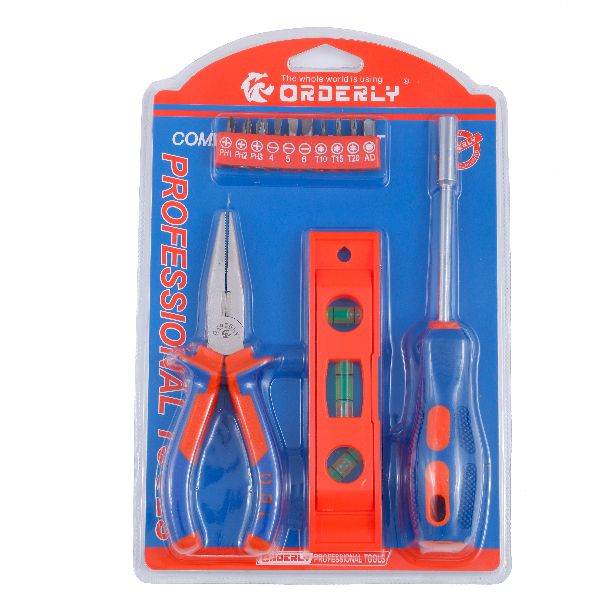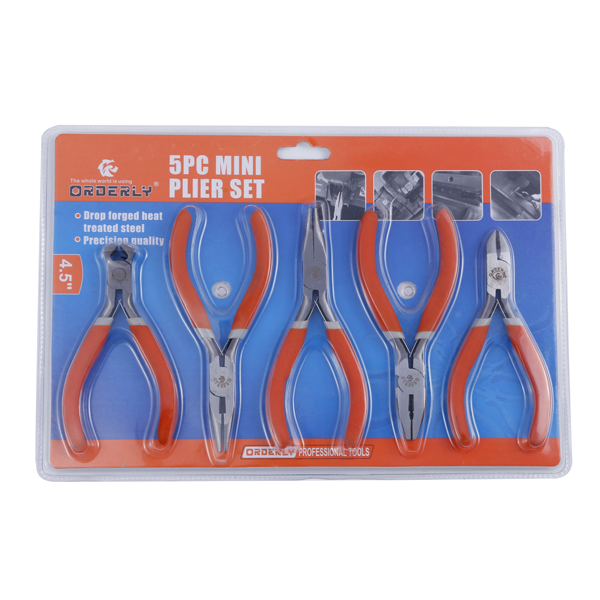In the realm of agriculture, hand tools play a crucial role in ensuring the efficiency and effectiveness of various farming operations. From soil preparation to planting, and from weeding to harvesting, the usage of appropriate hand tools can significantly impact productivity and sustainability. This article delves into the different examples of hand tools employed in agriculture, underscoring their importance and how they adapt to small-scale and sustainable farming practices.

Understanding the Role of Hand Tools in Agriculture
Hand tools in agriculture are essential for a multitude of tasks that require precision and care, which machines might not always provide. These tools, ranging from simple hoes to complex grafting knives, support farmers in effectively managing their land and crops. They are not only cost-effective but also environmentally friendly, minimizing the reliance on fossil fuels and reducing carbon footprints. The sustainability aspect of using hand tools stems from their efficiency, durability, and the minimal soil disturbance they cause, beneficial for preserving soil health.

Vital Hand Tools for Soil Preparation and Cultivation
Soil preparation and cultivation form the backbone of successful agriculture. Tools like the spade, shovel, and fork are indispensable for preparing the land, allowing for proper aeration and drainage. A spade is used for digging and turning the soil, while a shovel is suited for moving loose material. The fork, with its sharp tines, is perfect for breaking up compacted soil, making these tools essential for creating a nurturing environment for plant growth. These actions help in nutrient redistribution and provide a crumbly, well-aerated seedbed for optimal plant development.
Planting Tools for Enhanced Efficiency
Precision and care are paramount during the planting phase, and several hand tools cater specifically to this need. Tools such as dibbles or dibbers for making precise holes, seed drills for sowing seeds at the correct depth, and planters for transplanting seedlings are invaluable. These tools help farmers achieve a consistent planting depth, ensuring uniform germination and growth rates. By facilitating precision planting, these tools not only improve crop yields but also contribute to resource conservation by minimizing waste.
Maintenance Tools for Crop Management
Once crops are planted, maintenance becomes crucial for healthy growth and optimum yield. Hand tools such as hoes for weeding and aerating the soil, shears, and pruners for trimming and shaping, and sickles for manual harvesting are employed extensively. Such tools allow farmers to perform selective weeding, precise cutting, and effective pest control, thereby supporting the overall health and productivity of the crop. Their manual operation enables close monitoring of the crop’s condition, facilitating timely interventions.
Harvesting Tools that Guarantee Precision
Harvesting is the culmination of a farmer’s hard work and the right hand tools can ensure that this critical phase is executed with precision. Tools like the scythe for cutting grass or cereals, the sickle for harvesting smaller plots, and knives for vegetable and fruit harvesting are vital. These tools offer the advantage of selective harvesting, allowing farmers to pick only ripe produce, which ensures the quality of the yield and reduces post-harvest losses. Moreover, the gentle handling of crops during manual harvesting helps in maintaining their quality and extending their shelf life.
The array of hand tools in agriculture is vast and varied, each designed with specific tasks in mind to optimize the agricultural process. Despite the advances in machinery and technology, these hand tools remain indispensable in the agricultural sector, particularly for sustainable and small-scale operations. Their role in enhancing efficiency, promoting sustainability, and ensuring the careful management of crops highlights their indispensable value. As we continue to seek environmental-friendly farming practices, the relevance of these traditional tools is only set to increase, underlining the balance between manual skill and nature’s demands.
